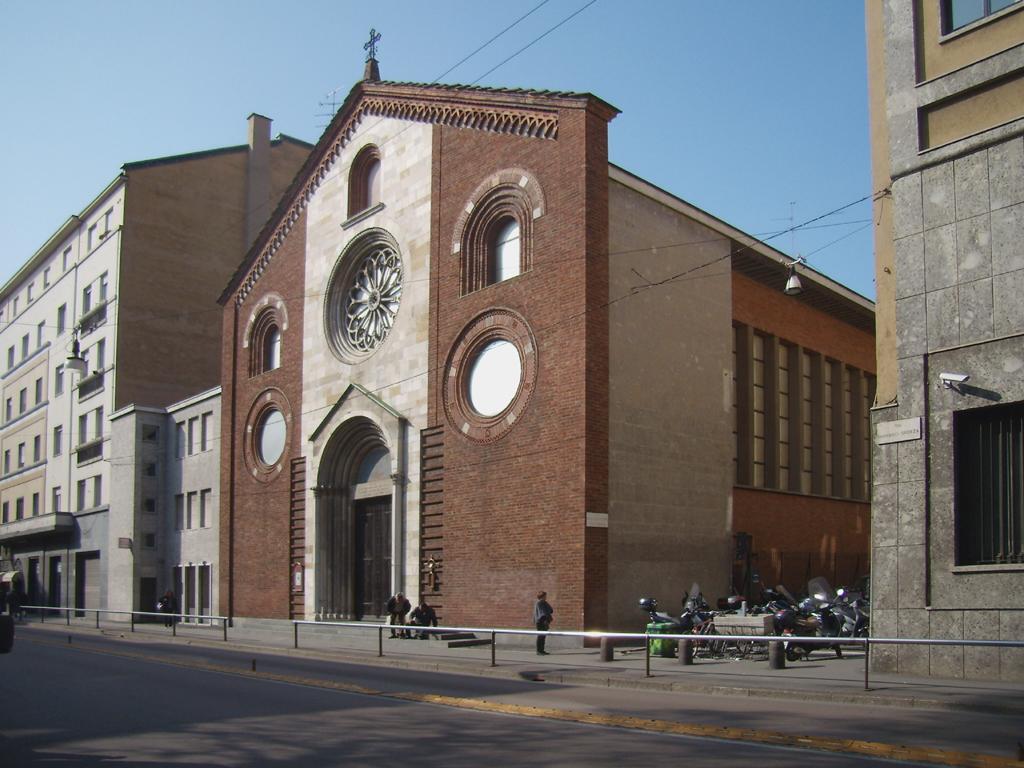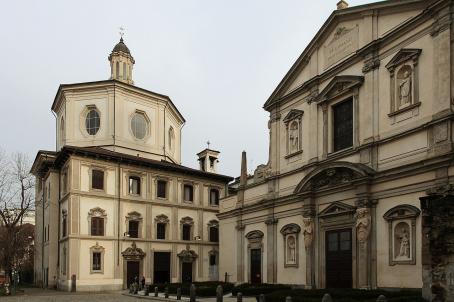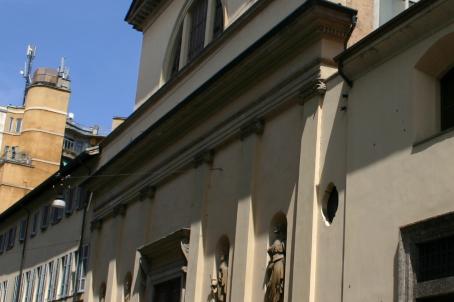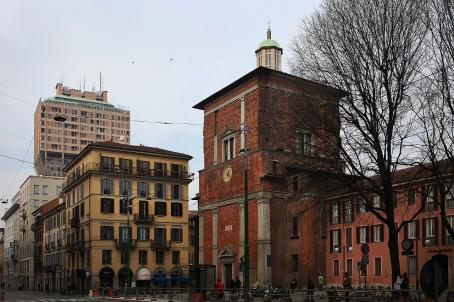Waldensian Temple

The Waldensian temple in Milan was built between 1949 and 1952 to replace the old Waldensian temple of 1881, demolished in the first years after the Second World War to allow the opening of via Alberto Albicci. On the outside, the building is characterized by its facade, which comes from the church of San Giovanni in Conca (the 19th century Waldensian temple). The facade, dating back to the twelfth century, was restored to its original form with a neo-Romanesque restoration in 1879. The interior of the church is in modern style.





